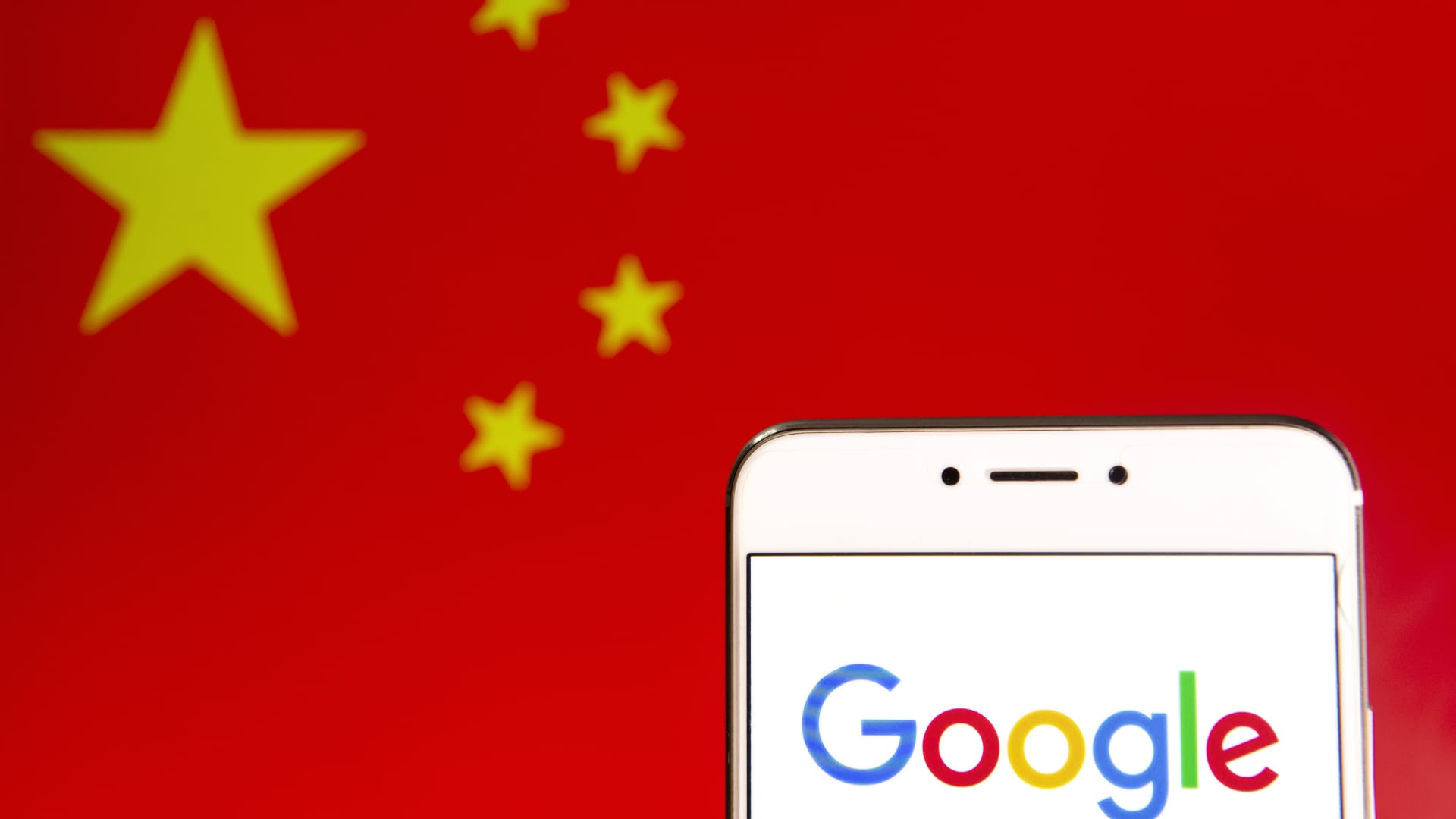Google shuts down Translate service in China


Alphabet’s Google on Monday said it shut down the Google Translate service in mainland China, citing low usage.
The move marks the end of one of its last remaining products in the world’s second-largest economy.
The dedicated mainland China website for Google Translate now redirects users to the Hong Kong version of the service. However, this is not accessible from mainland China.
“We are discontinuing Google Translate in mainland China due to low usage,” Google said in a statement.
Google has had a fraught relationship with the Chinese market. The U.S. technology giant pulled its search engine from China in 2010 because of strict government censorship online. Its other services — such as Google Maps and Gmail — are also effectively blocked by the Chinese government.
As a result, local competitors such as search engine Baidu and social media and gaming giant Tencent have come to dominate the Chinese internet landscape in areas from search to translation.
Google has a very limited presence in China these days. Some of its hardware including smartphones are made in China. But The New York Times reported last month that Google has shifted some production of its Pixel smartphones to Vietnam.
The company is also looking to try to get Chinese developers to make apps for its Android operating system globally that will then be available via the Google Play Store, even though that’s blocked in China.
In 2018, Google was exploring reentering China with its search engine, but ultimately scrapped that project after backlash from employees and politicians.
American businesses have been caught in the middle of continued tensions in the technology sphere between the U.S. and China. Washington continues to fret over China’s potential access to sensitive technologies in areas such as artificial intelligence and semiconductors.
In August, U.S. chipmaker Nvidia disclosed that Washington will restrict the company’s sales of specific components to China.
This post has been syndicated from a third-party source. View the original article here.



